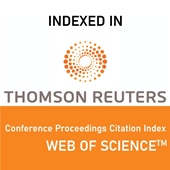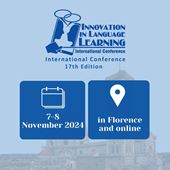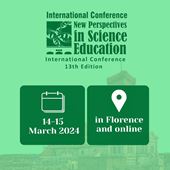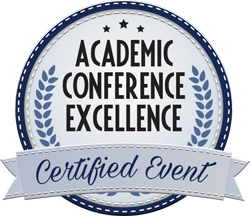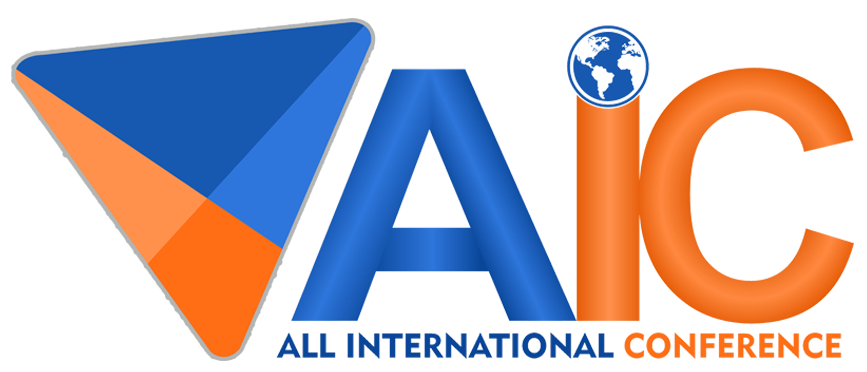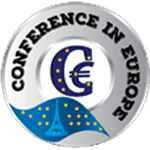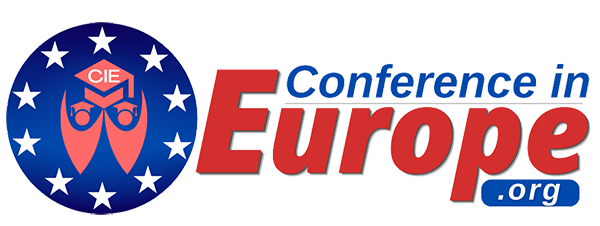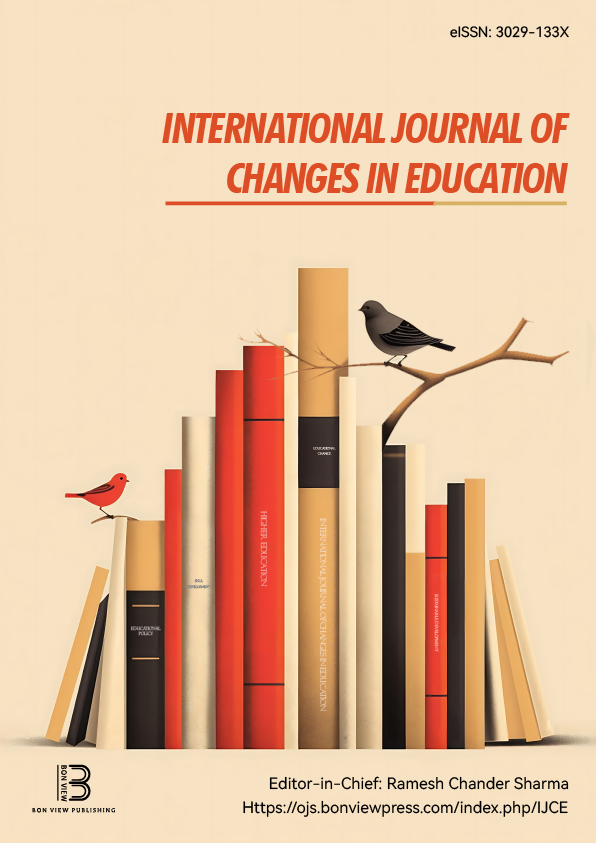The Use of Sentence Completion Tasks during Lectures to Enhance Student Engagement and Learning
Vincent P. Magnini, Virginia Tech University (United States)
Abstract
A sentence completion task is a projective qualitative research tecnhique in which respondents are provided with the first portion of a sentence (referred to as a stem) and are asked to complete the sentence with the first thought that comes to mind. It is generally agreed that the technique was first developed by Herman Ebbinghaus in the late 1800’s. One of the primary avantages associated with the use of sentence completion tasks is that they draw-out “spontaneous” responses. In such tasks, respondents can express their views in their own words in ways that makes sense to them. Consequently, the sentence completion phrase communicates what the respondent considers important or relevant. Moreover, sentence completion tasks avoid problems associated with social desirability bias because respondents complete the sentence stems without being aware of the predictions of the researcher.
In light of the above mentioned benefits, sentence completion tasks cannot only be used in research, but can also be infused into lectures to enhance student engagement and learnning. During a lecture, students can be asked to complete a sentence stem on a sheet of paper with the first thought that comes to mind. Without writing their names on the papers, they are then collected and anonlymously read out loud to the class. Such in-class sentence completion tasks are appropriate at many points throughout a lecture: for example, when the lecturer desires to illustrate that brand perceptions of an offering are unified, or conversely, when the lecturer desires to illustrate the brand perceptions of an offering are confused and diverse. The use of such sentence completion tasks during a lecture can aid in reinforcing teaching points that are being communicated and can also help actively draw students’ attention into the given lecture.
 The Future of Education
The Future of Education
